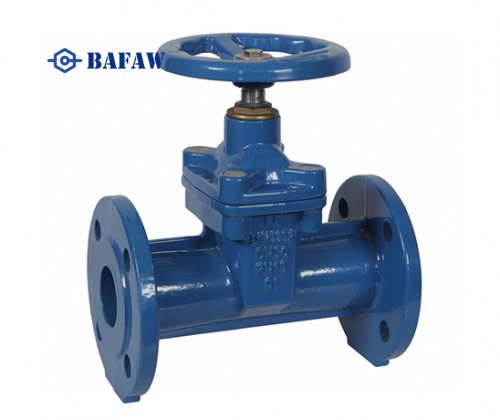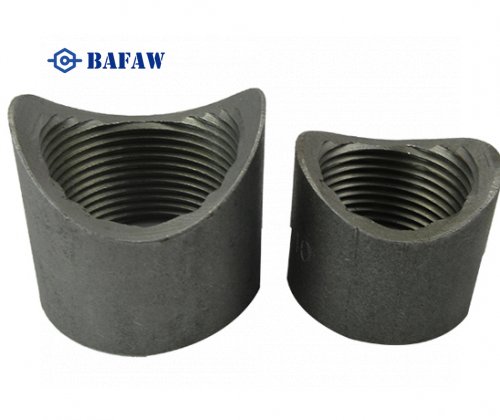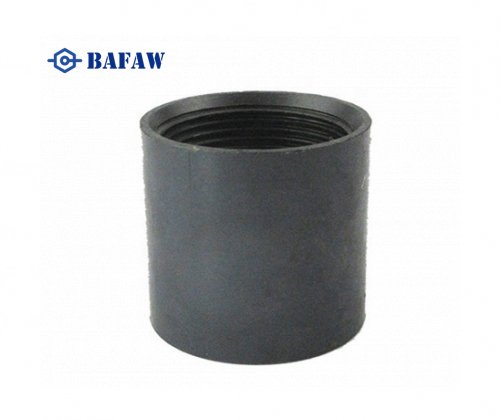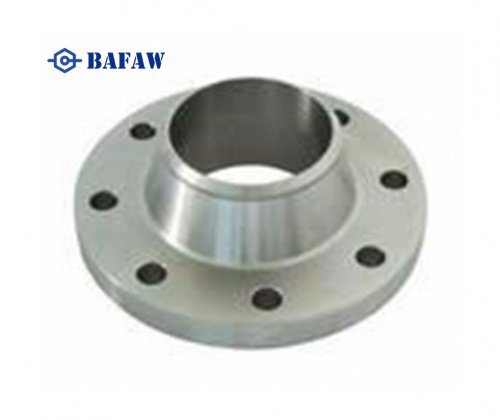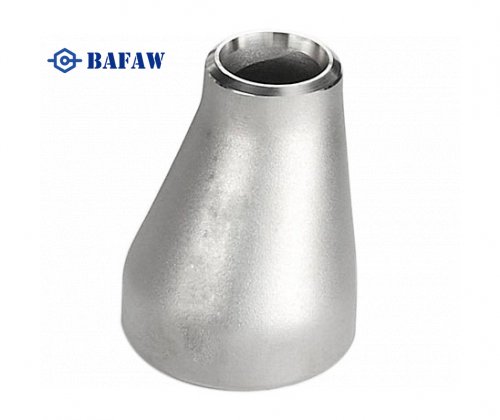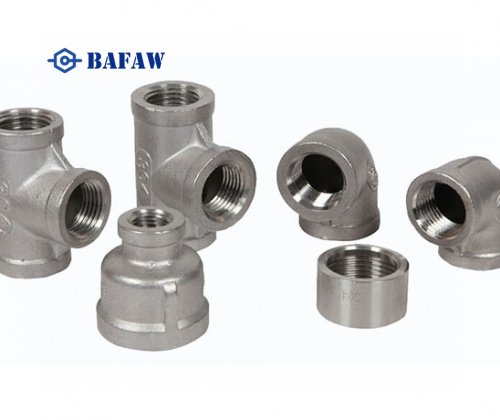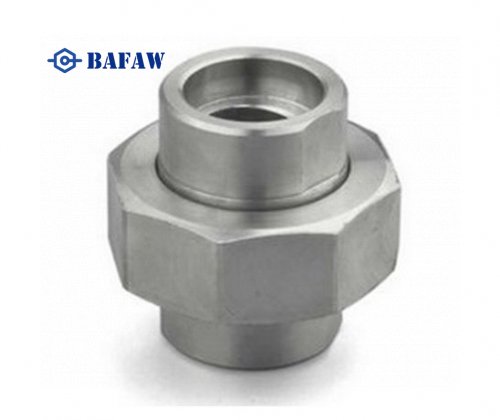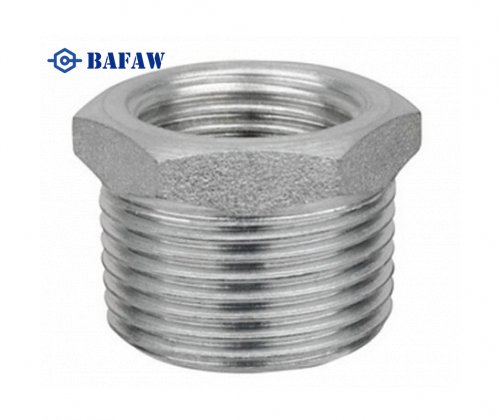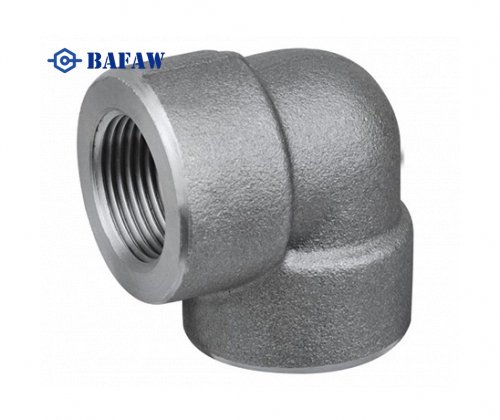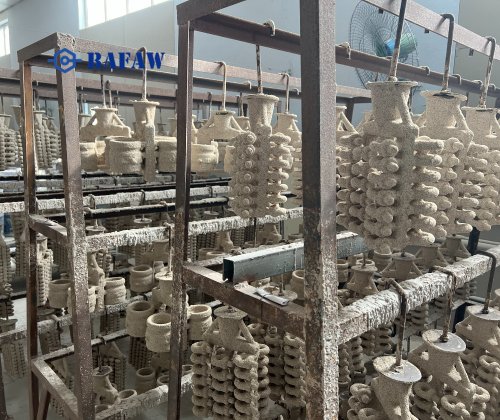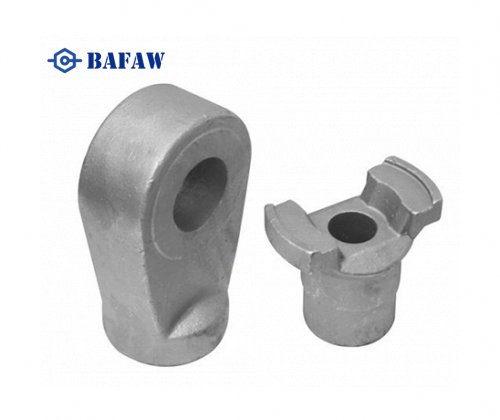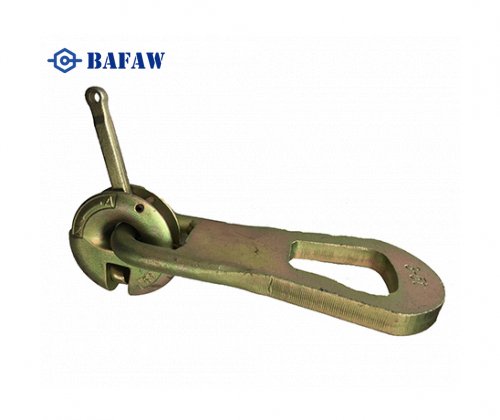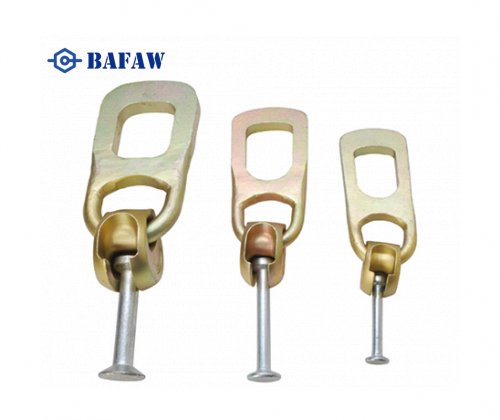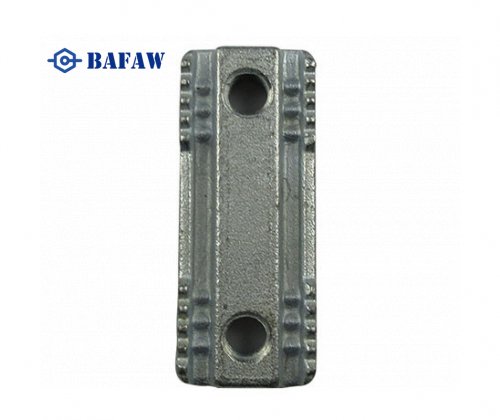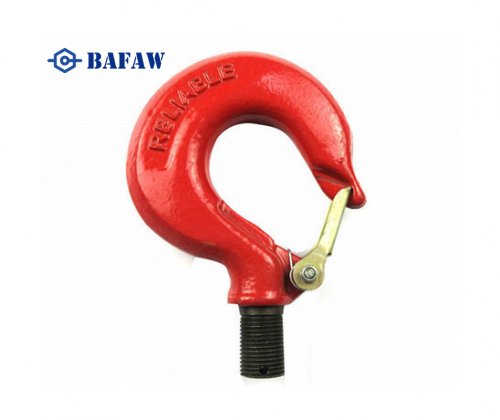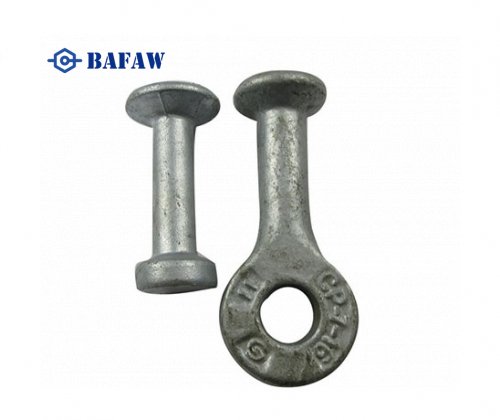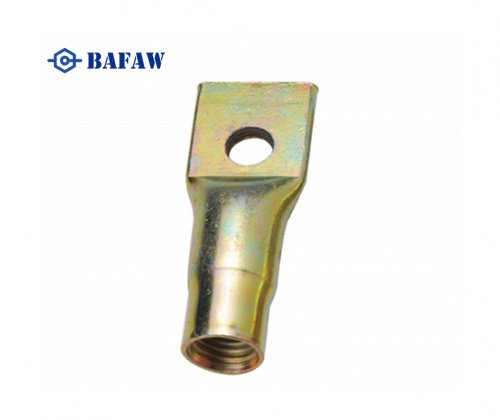This section describes the advantages, disadvantages and application scenarios of seven common valve types
1. Gate Valves
Design and Function: Gate valves feature a simple design where a gate or wedge is used to open or close the flow path. They are primarily used in applications where a straight-line flow of fluid and minimal restriction is needed.
Advantages:
Simple design with fewer parts.
Provides a very tight seal when fully closed.
Low fluid resistance when fully open.
Disadvantages:
Applications:
Water supply systems.
Wastewater treatment.
Oil and gas pipelines.

2. Globe Valves
Design and Function: Globe valves are designed with a movable disk-type element and a stationary ring seat in a generally spherical body. They are excellent for throttling and regulating flow.
Advantages:
Good shut-off capabilities.
Suitable for frequent operation.
Better throttling performance compared to gate valves.
Disadvantages:
Applications:
3. Check Valves
Design and Function: Check valves, or one-way valves, allow fluid to flow in only one direction, preventing backflow. They are automatic and do not require any external control.
Advantages:
Disadvantages:
Applications:

4. Ball Valves
Design and Function: Ball valves utilize a spherical disc (ball) to control flow through it. When the ball's hole is aligned with the flow, the valve is open; when it is perpendicular, the valve is closed.
Advantages:
Disadvantages:
Applications:
Gas and liquid applications.
Low-point drains and high-point vents.
Process and instrumentation control.

5. Butterfly Valves
Design and Function: Butterfly valves consist of a circular disc that rotates to control the flow. They are lightweight and compact compared to other valve types.
Advantages:
Disadvantages:
Applications:

6. Pressure Relief Valves
Design and Function: Pressure relief valves are safety devices designed to protect equipment from overpressure by automatically releasing pressure when it exceeds a predetermined limit.
Advantages:
Disadvantages:
Applications:
7. Control Valves
Design and Function: Control valves regulate the flow, pressure, temperature, and level of fluids by varying the size of the flow passage. They are essential in process control.
Advantages:
Precise control of process parameters.
Can be automated for remote operation.
Suitable for a wide range of applications.
Disadvantages:
Applications:

















